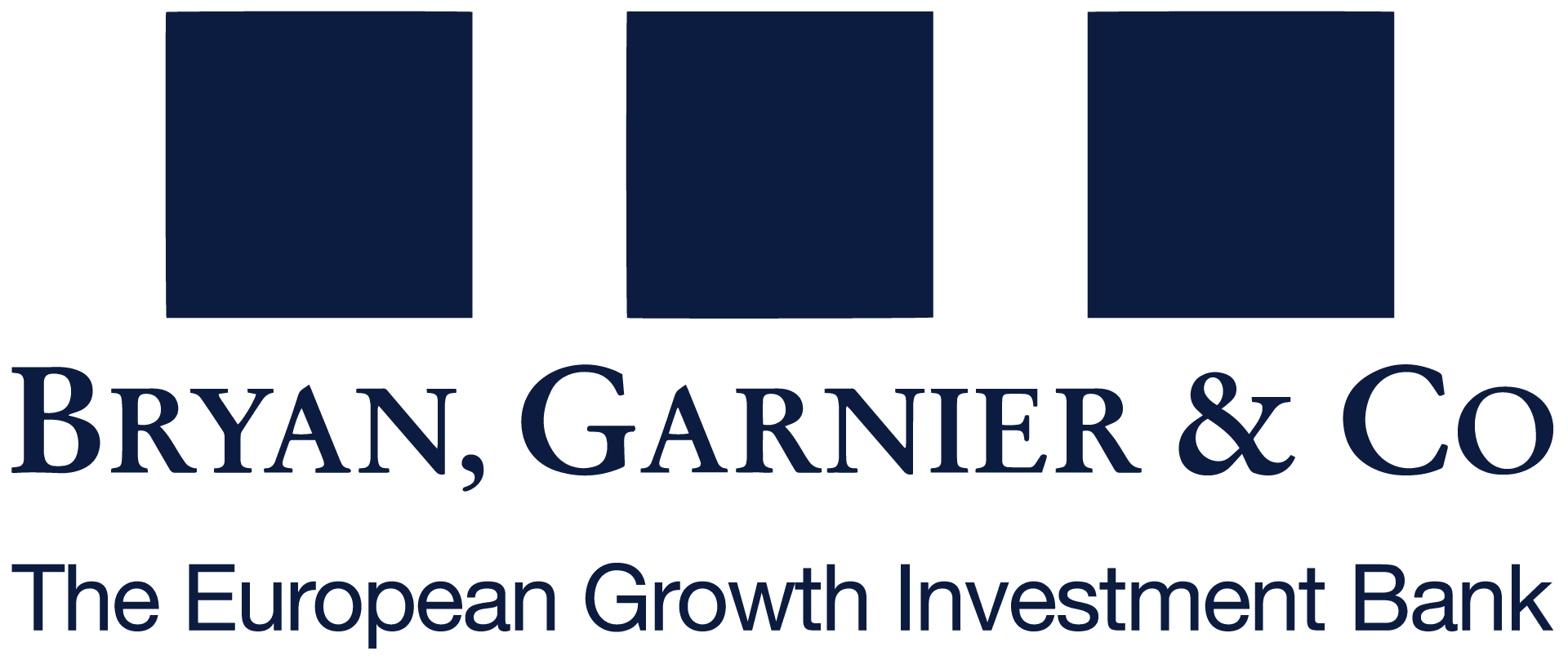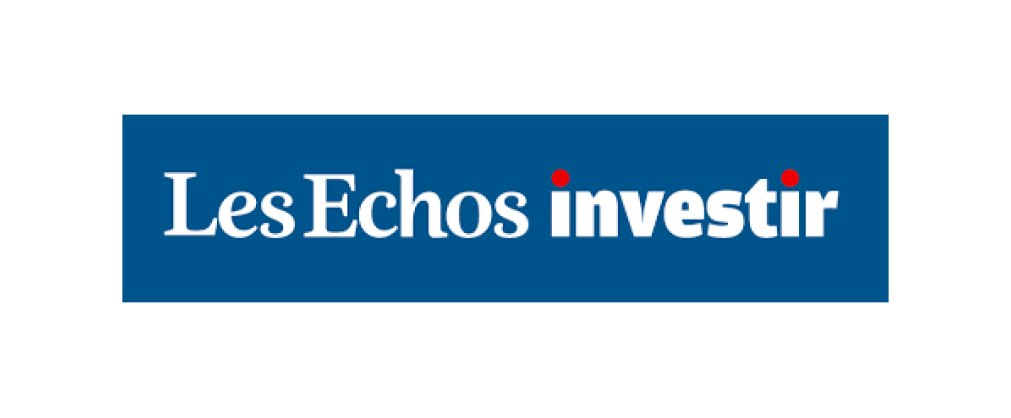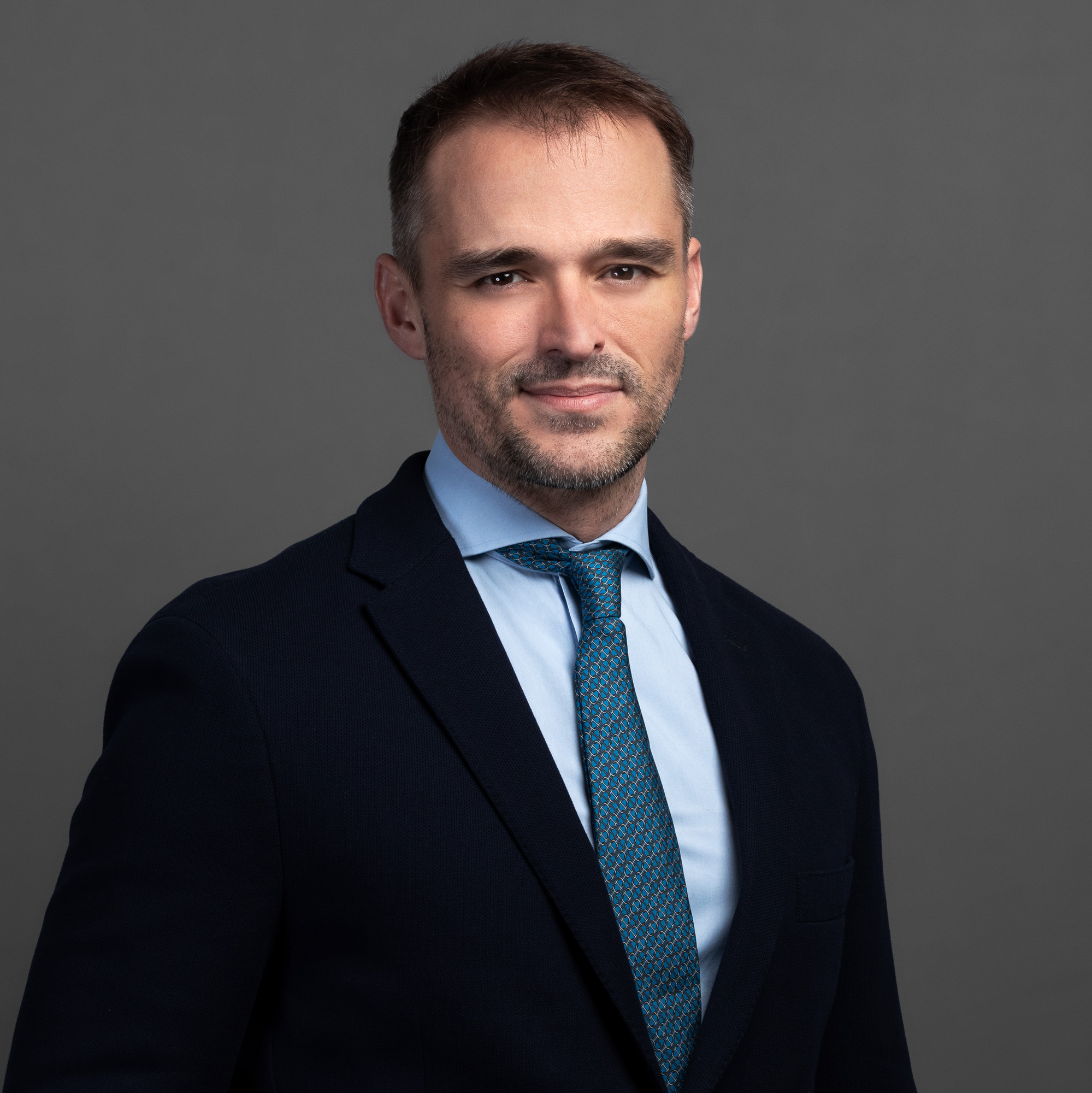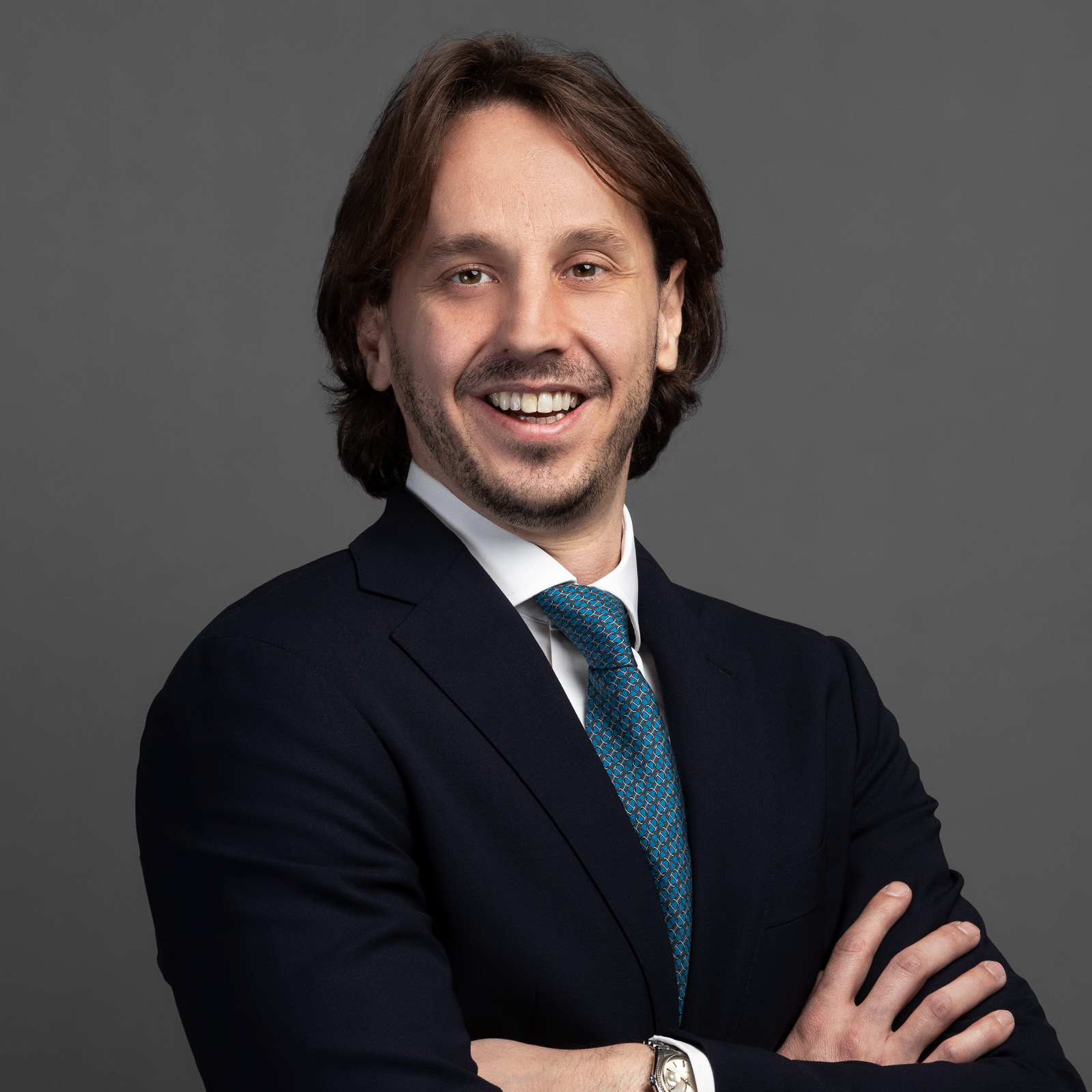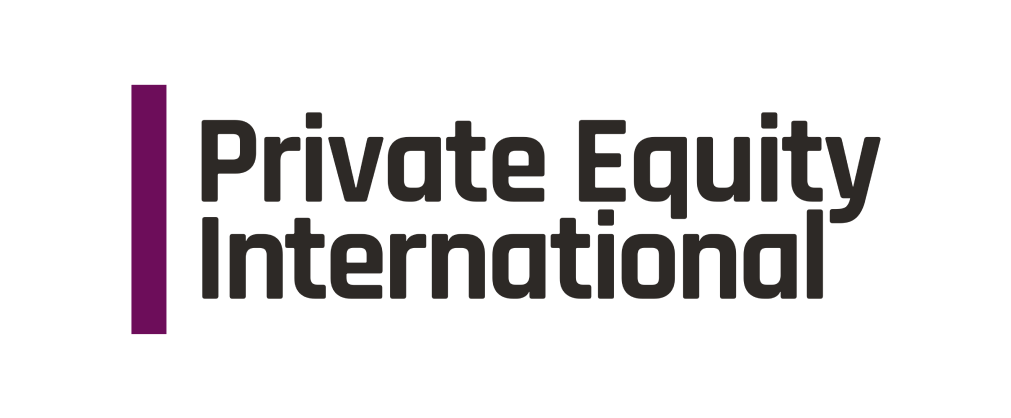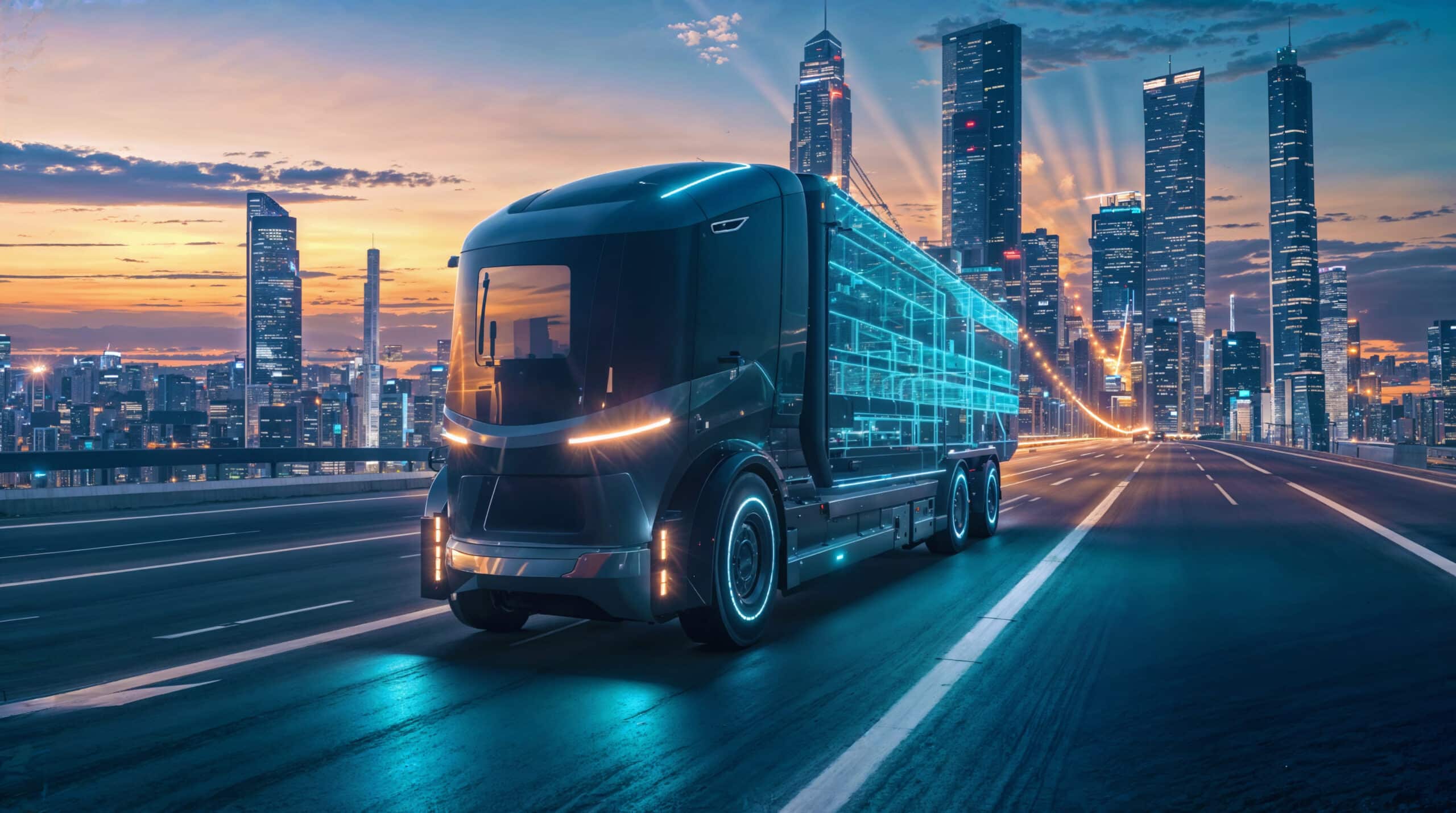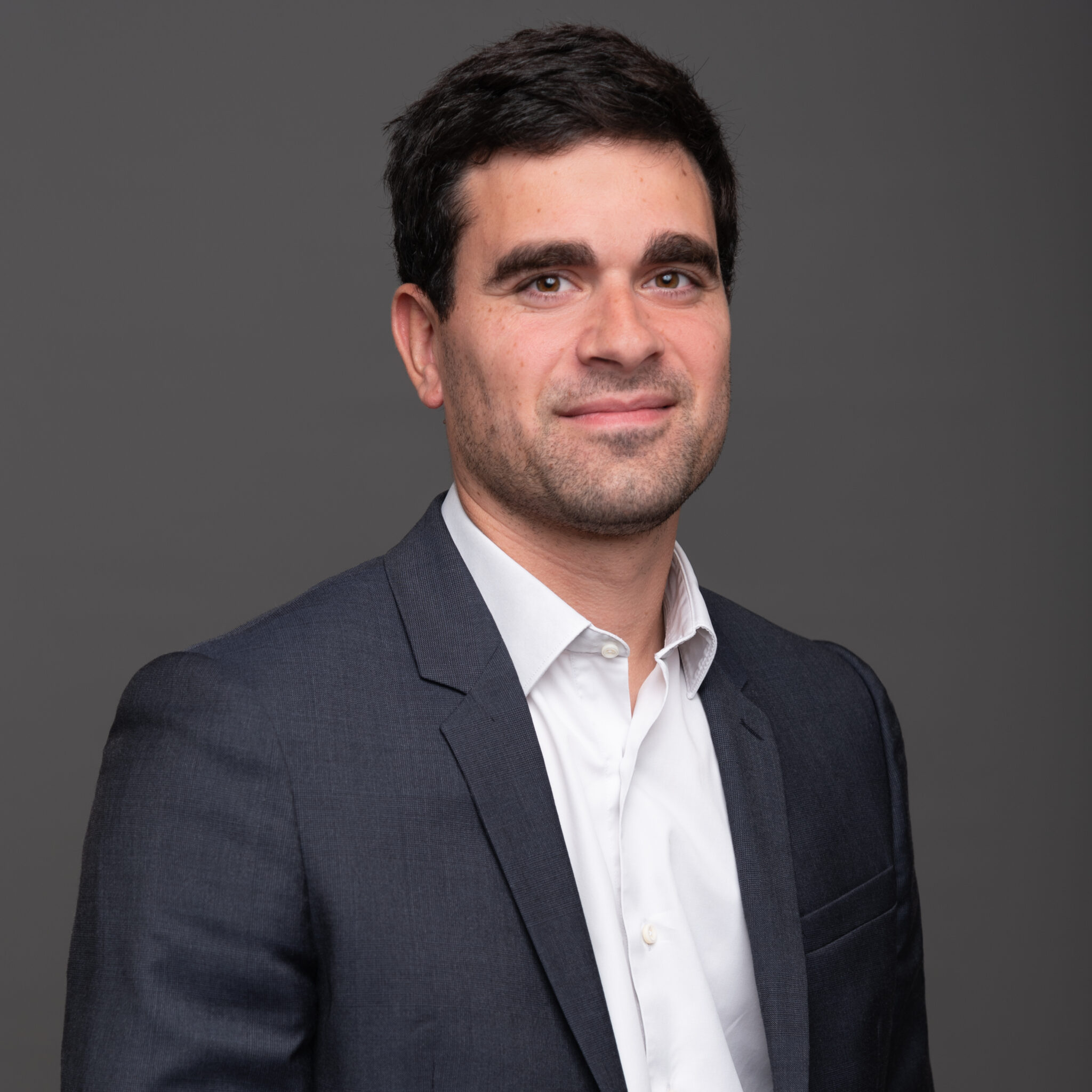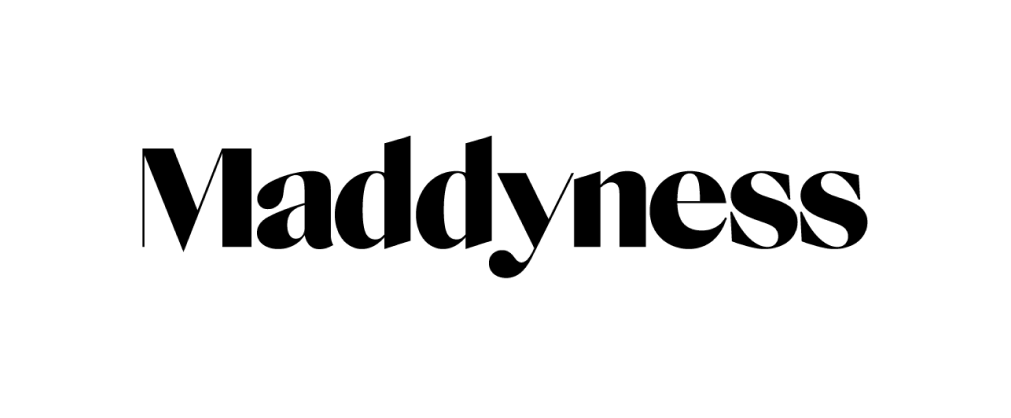Next Generation Fuels
PARIS | September 5th, 2024 – Bryan Garnier is pleased to release “Next Generation Fuels”, a comprehensive analysis that explores the current challenges and opportunities in transforming global transport to a greener future through biofuels and alternative fuels.
Transport currently accounts for over 7 billion tons of CO2 emissions each year, equating to about 17% of global emissions. This highlights the critical need to transition towards electrification and reduce reliance on fossil fuels to address global energy demands by 2050. While significant strides are being made in transitioning to cleaner mobility options, there are significant hurdles in harder-to-abate areas.
Biofuels and alternative energy sources, which currently make up only about 4% of transport energy, are emerging as key solutions. The biggest challenge remains in scaling these fuels due to limited biomass supply and infrastructure issues.
In this white paper, we provide an in-depth look at how these developments are reshaping the transport sector and offer insights into future trends.
To explore these insights and learn more about the future of sustainable transport, download the white paper.
David and Pierre's story: Secondaries
We sat down with David Laroque and Pierre Leroy, Managing Directors and Co-Heads of Secondaries at Bryan Garnier, to learn more about secondary markets, NotSoLiquid, and joining forces with Bryan Garnier earlier this year.
Can you introduce yourselves and your backgrounds?
David: I began in private equity at Apax Partners, then moved to a family office. After completing my MBA in 2017, I became an entrepreneur, co-founding the boutique investment bank Leuwen. I left in 2021 to start NotSoLiquid, a dedicated venture secondary boutique which Bryan Garnier acquired in April 2024.
Pierre: I started as an M&A banker in 2016 at Rochefort, then moved to BNP Paribas across Brussels, Paris, and London. I developed the secondaries practice at The Family, which eventually led to the creation of NotSoLiquid with David in 2021.
What are your specialities?
David: I am a generalist within tech, but my strengths lie in SaaS businesses, software, fintech, digitalised distribution, marketplaces, and platforms. I’m also well-connected in the European VC ecosystem and understand how to execute secondary market transactions where the underlying assets are venture and growth stage companies.
Pierre: I specialise in tech, with a strong focus on B2B software companies, fintech, and NextGen Consumer.
What have been some of the most memorable deals you have worked on?
David: Our first major deal at NotSoLiquid was with Revolut in 2021. It was a proof of concept, kickstarting the business and setting a standard for European venture secondary deals. It was exciting as we were paving the way and developing our internal workflows. It marked a significant milestone for us!
Pierre: Revolut was indeed our first big deal, and in the meantime we’ve had the chance to work on many more exciting growth-stage names like Stripe, Back Market, Algolia, Ledger, and many more.
What are the highlights of your career so far?
David: Combining finance with entrepreneurship has been a highlight. At the family office, I created a venture investment department, which was an entrepreneurial endeavour. I also co-founded two companies: one focused on tech investment banking and the other on niche financial services.
Pierre: I have three main highlights: leaving investment banking for VC in 2019, creating NotSoLiquid with David, and joining Bryan Garnier.
Why did you decide to join Bryan Garnier?
David: Joining Bryan Garnier allows us to expand our ambitions while retaining an entrepreneurial spirit. We see clear synergies, especially in expanding the secondaries practice across industry verticals. Our expertise in secondaries complements other product teams, particularly PCM, where we foresee a wealth of incoming hybrid financing (primary plus secondary) and company-led tender opportunities. The partnership also significantly broadens our investor reach and credibility, allowing us to operate confidently in all major regulated markets.
Pierre: Bryan Garnier’s extensive network and capabilities will help us better address the growing secondary market in Europe. Their expertise in private placements and equity research aligns with our needs, while the secondary market is quickly becoming an attractive space for their clients.
What are your ambitions with joining Bryan Garnier?
David: Our goal is to integrate and expand the secondary market vertical within Bryan Garnier, making it a core component of their value proposition. We plan to grow our team, extend our geographical reach, and diversify into new sectors, positioning Bryan Garnier as the leader in European venture secondaries.
Pierre: This partnership means managing the secondary presence more effectively and handling larger deals. Our shared focus on stock syndication and investor coverage will enhance our ability to manage secondary transactions.
Where do you see the secondary market going in 2024 and moving forward?
David: 2024 has proven to be a pivotal year for the secondary markets. After a static 2023, we’ve seen significant increase in transactions as companies adapt to the new market conditions. There is a strong need for exits, with billions in European venture and growth assets changing hands as a result. As broader markets show signs of recovery, secondary investors will be even more enticed to deploy capital.
Pierre: The secondary market is expected to grow with an influx of new buyers (as the opportunity set becomes more attractive) and sellers (as timelines to exit increase). A key factor will be whether bid-ask spreads narrow so that transactions can be facilitated. As interest rates decrease, equity investment will increase, creating a more balanced market somewhere in between our current state and the highs of 2021, becoming much more reasonable for deal activity.
Electrifying the future of on-road HDVs
PARIS | July 24th, 2024 – BG IRIS, Bryan Garnier’s research platform, is pleased to release “Electrifying the future of on-road HDVs”, an in-depth analysis exploring the dynamic landscape of zero-emission mobility, industry commitments, and market opportunities in the transition to electric medium and heavy-duty vehicles.
In 2023, passenger mobility hit a major milestone with 31 countries reaching a 5% tipping point in pure-electric transitions, and this is just the beginning:
- By 2030, most MHDV manufacturers are aiming for over 50% zero-emission vehicle (ZEV) sales, with targets of 100% between 2035-2040
- Fleet operators are also stepping up, with ambitious goals to electrify up to 100% of their MHDV fleets by 2030
- By 2035, we expect to see 290k electrified transit buses in key regions and 750k HDV trucks in North America alone, representing markets worth over EUR130bn and USD240bn.
Investment decisions continue to hinge on the total cost of ownership, driven by operational costs and energy efficiency. As electrification progresses, sourcing and manufacturing costs will fall, making every kWh cheaper and more competitive.
Europe and California are leading the charge in electric MHDV registrations, but North America and other developed regions are catching up.
This paradigm shift underscores the urgent need for ZE-mobility infrastructure, with public signals and private investments accelerating adoption and expanding the grid.
To dive deep into this topic and discover more about the transformative shift to electric mobility, the impact on MHDV emissions, and future market trends, download the industry brief.
